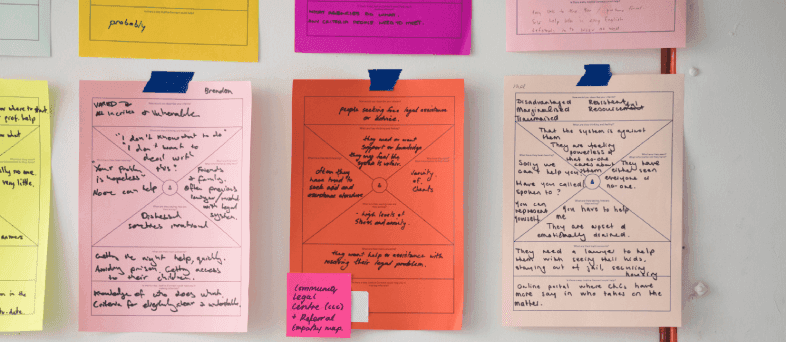Hadley Webster
10 Jul 2019
2
min read

This week’s podcast recommendation features Sandy Speicher, partner and managing director of education at IDEO, with Tom from Getting Smart, breaking down what design thinking is and why it’s so important for teachers and education leaders right now.
What is design thinking and why does it matter?
Do you ever find that your students struggle with boredom in class or are uninterested in what they are learning? It can be difficult to maintain engagement and curiosity, especially with an education system in place that emphasises the opposite. Design thinking provides a structured outlet to creatively solve problems through experiential learning.
At its core, design thinking is a human-centred approach to solving problems. Based on empathy, it focuses on talking directly to those impacted by an issue to formulate a solution. There are 5 steps which must be followed: empathise with people, redefine the problem, ideate solutions, prototype ideas, and test prototypes. In the education world, the steps of design thinking can be taught to students to foster creativity and help students learn essential problem-solving skills.
Design thinking allows students to engage in hands-on learning activities and gain experience applying their knowledge to a real-world situation. Using design thinking in the classroom leaves students with skills that they can use beyond their educational years, such as critical thinking, problem-solving, and collaboration. It’s a versatile mindset that can be adjusted to fit the abilities of different age groups and can be adapted for various purposes, whether that be through activities or assigned projects.
Listen to the podcast: Design thinking as pedagogy for students and educators




